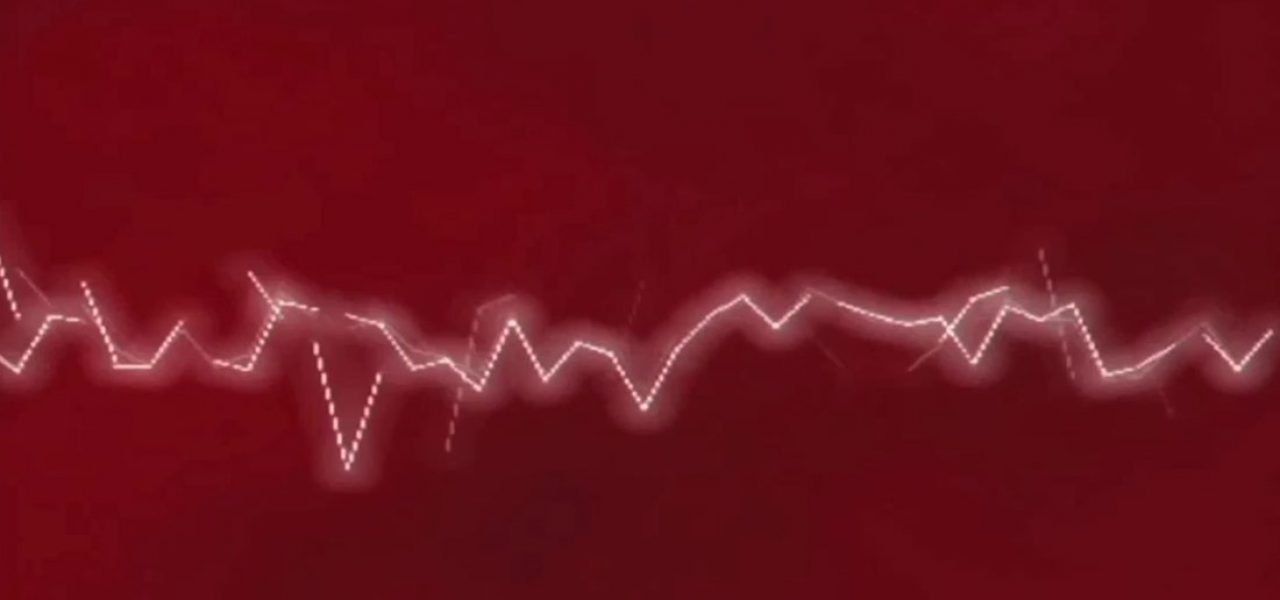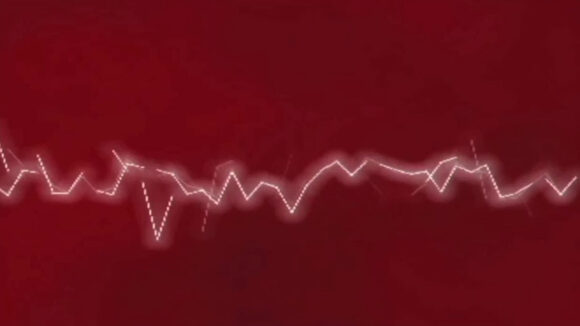

New Markets: Using Animation To Measure Pain
If you’ve ever been to a physician, then you’ve probably had to communicate your physical pain to a doctor by using a scale of 1 to 10. What’s the difference between a three and four, or a six and seven? No one really knows. More importantly, the scale doesn’t tell physicians what kind of pain you’re actually experiencing, so then you have to further verbally communicate your pain to a medical provider.
“Many pain patients will say their pain can’t be measured on the 0-to-10 scale and that it is too challenging to describe their pain using words,” says Charles Jonassaint, Ph.D., M.H.Sc., assistant professor of medicine, social work and clinical and translational science. “As a result, their pain is misunderstood and patients in pain may be prescribed more opioids without always knowing whether they are needed or if they are working.”
This is where animation comes into play. A group of researchers at University of Pittsburgh and UPMC (University of Pittsburgh Medical Center) are working to develop a new way that patients can describe the quality and intensity of their pain to physicians by generating animation. The animation is created through an app called Painimation. Results of a clinical trial were published this week in the Journal of Medical Internet Research.
Here’s how Painimation works: patients are first provided with a selection of animation that they can use to describe the severity of their pain. The visuals can then be adjusted, increasing or decreasing in speed, color saturation, focus, and size to accurately match the pain experience. The app also provides users with the opportunity to label their pain on a human body, allowing them to identify where and how much of their body is affected by pain.
“By using animations, we have the potential to more quickly and accurately understand a person’s pain experience, and, more importantly, provide treatments that work and stop those that don’t,” says Jonassaint, who is lead author of the study.
The app was developed by a multidisciplinary team that included psychiatrists, technology designers, and anesthesiologists, and for the trial, they worked with 202 patients with chronic pain. The app went through three phases of testing, and was used alongside the completion of the McGill Pain Questionnaire and the PainDETECT questionnaire, the current standards for assessing pain.
More than 80% of the people who used the app thought it was enjoyable and would use it to communicate their pain with medical care providers. Also, the app was faster to use than both the McGill and PainDETECT questionnaires, while providing just as much information about the type and cause of pain.
On top of everything, patients created cool-looking abstract animation. Here’s a few snippets of what type of animation the app generates:
“We believe using animations to measure pain can allow patients to not only describe pain sensations in a similar manner to how they experience them, but minimize potential barriers to pain assessment because the effects of language and literacy are taken out of the equation,” Jonassaint said. “Further, we can decrease the burden of long, detailed pain assessments while collecting pertinent information on each patient’s pain experience through an easy to administer, novel, and engaging medium.”
“Painimation gives patients an opportunity to describe their pain to physicians in ways not possible with conventional pain rating scales,” said Ajay Wasan, M.D., M.Sc., vice chair of pain medicine and anesthesiology at UPMC. “While much development works remains to be done, these early results are very encouraging to the push for better ways to describe the pain experience.”
